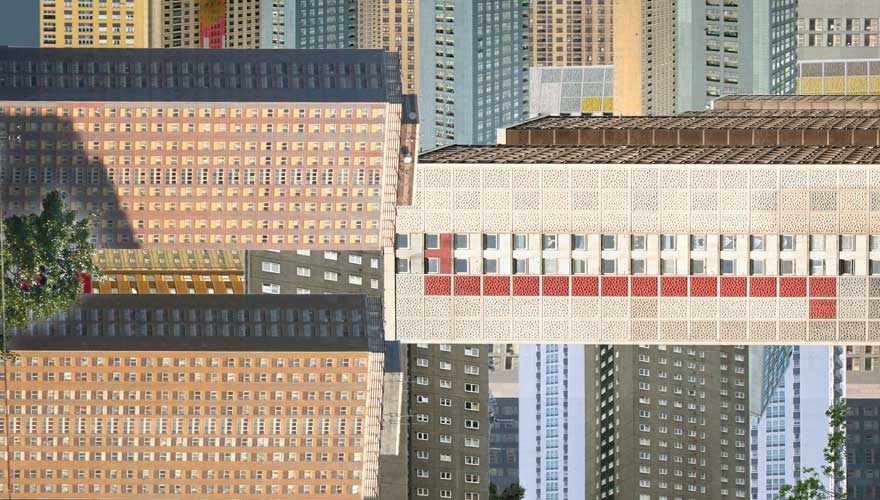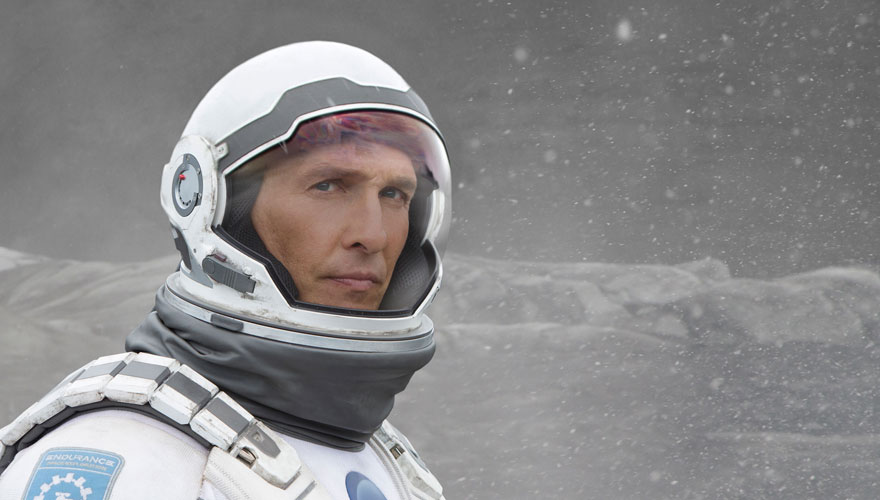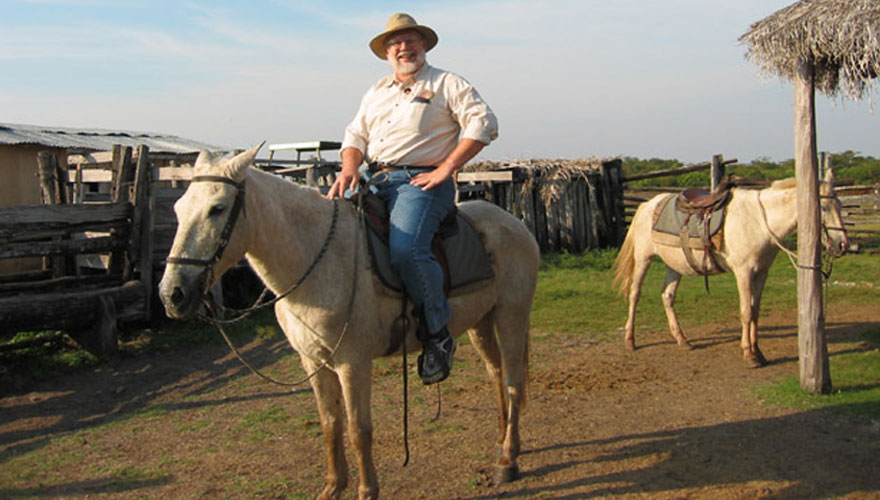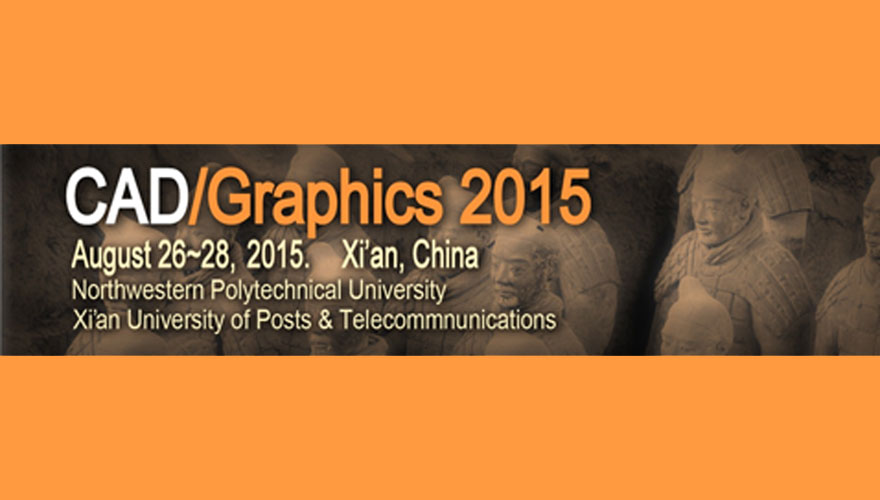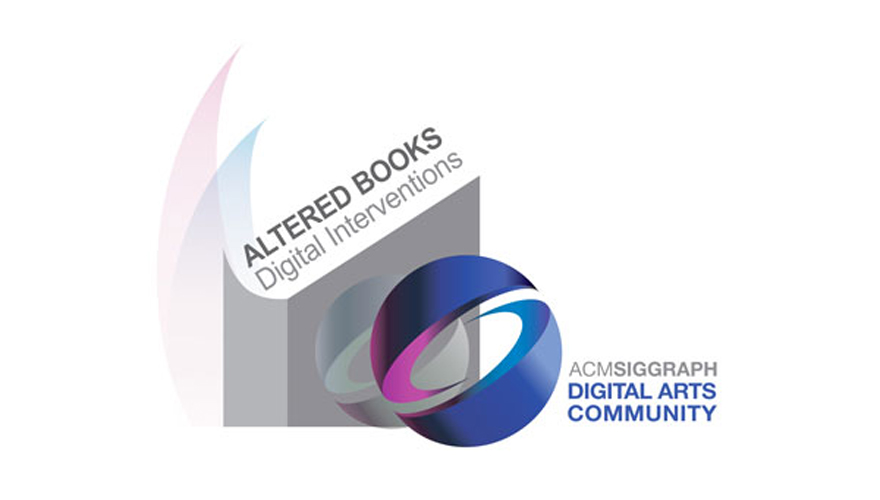“Enhanced Vision – Digital Video,” is an online video art show presented by the ACM SIGGRAPH Digital Arts Committee (DAC). The show focuses on the use of digital methodologies to enhance the moving image — specifically, looking at how effects can reveal meaning and content. Each piece in the exhibition explores a socially significant issue through the combination of video and digital effects.
The artists featured in "Enhaced Vision – Digital Video" employ a variety of software, graphics and found footage to explore their subjects. According to the show's curator, Kathy Rae Huffman, there is enormous potential in the combination of video and digital effects technology. "There is a longstanding disconnection that somehow continues to exist between artists who embrace the technical effects … who understand and master computer software, and traditional video artists who use the tools but reject any connection to technology," she said. "Looking at how video aesthetics and digital technology meet to bring a new understanding to content is the priority of this show."
Selected from an open call, the exhibition consists of 30 innovative, digitally-enhanced video artworks. Individual works range in length from one minute to 15 minutes each, with a total linear viewing time of approximately 3 hours.
Selected works were required to meet at least one of the following criteria:
- reveals a normally "invisible" aspect of the visual scene
- creates a metaphoric interpretation from the natural world
- is a visual interpretation of a socially engaged or politically charged event
It is the belief of the show's creators that the ability of contemporary video to integrate visual effects and socially relevant content — thereby adding a deeper level of understanding to the literal meaning of the work — is a thing to be celebrated.
Artists and works featured in “Enhanced Vision – Digital Video" include:
Harrison Banfield & Jack Rees (Wales, UK) Water; Jason Bernagozzi (USA) Simulacrum; Joanna Bonder (Poland) Digits; Natalie Bookchin (USA) My Meds, from the series Testament; Ulu Braun (Germany) Mudland #1; Charlotte Eifler (Germany) OU TOPOS; Lynn Estomin (USA) with original score by Ritsu Katsumata, Fashion To Die For; Frederick Fisher & Don Rice (Canada) collaborating with Andrew John Milne, & Michel Germain, Arcadia; Benjamin Forster (Australia) A Written Perspective; Felice Hapetzeder (Sweden) 366; Kaisu Koski (Finland/Netherlands) Not to scale at all; Kenji Kojima (Japan/USA) Composition Fukushima 2011; Wobbe F. Koning (USA) City.Flow(); David Krippendorff (USA/Germany) A Small Fee; Chongha Lee (USA) Raw Quinoa; Talia Link (USA) Printed Clothes DIY (4 my catcaller); Michael Lyons (Japan) with Palle Dahlstedt (Sweden) Soft Pong Inari; Damon Mohl (USA) The Dust Machine Variation; Szacsva y Pal (Hungary) Horribile Pictu; Ellen Pearlman (USA/Hong Kong) Surveillance Siddhi; Mikey Peterson (USA) Slip Away; Grant Petrey (UK) Filament; Thomas Porett (USA) On China Sea; Bryne Rasmussen-Smith (USA) Don't Know Where To Point; Alexander Repp (Kazakhstan/Germany/Hungary) necrolog of robin williams or the suicide of irony; Joon Sung (Korea/USA) with Neal Williams (USA) Particle Daydreams; Myriam Thyes (Switzerland/Germany) APOTHEOSIS OF GLASGOW HIGH-RISES; UBERMORGEN (Austria/Switzerland/USA) Deephorizon; Ellen Wetmore (USA) Grotesques; Nina Yankowitz (USA) Shatter/Flood/Mud/Houses.
